Common Health Benefits of Relaxation Exercises Used To Encourage The Body Into The Relaxation Response and into deep quality sleep. Why relaxation exercises and forms of relaxation therapy are an important element of relaxation therapy, stress management, pain management, and wellbeing programs.
What are Relaxation Exercises?
Relaxation exercises are relaxation techniques or relaxation tools that move the body from the stress response into deep states of relaxation known as the relaxation response.
Relaxation exercises are commonly used by Relaxation Therapists, Relaxation Teachers, and many Stress Therapists.
We teach our students a variety of relaxation exercises and relaxation therapy in our Relaxation Therapist Training. So they can choose the right relaxation exercise for the individual client.

Most Common Relaxation Exercises
There are a variety of relaxation exercises and relaxation tools available today. Each with its own specific uses and benefits. When teaching relaxation exercises it is important you choose the most suitable, safest, and most effective relaxation exercises for your clients and students. That is why we teach our students a variety of relaxation exercise techniques to choose from.
The Most Common Types Of Relaxation Exercises
Some of the most commonly used relaxation exercises used today include:
Muscle Relaxation Techniques:
There are different styles of muscle relaxation techniques and muscle relaxation exercises to choose from which depend on the client’s and students’ mental, emotional, and physical state of well-being. Most muscle relaxation techniques today have evolved from the work of Edmund Jacobson in the 1920s.
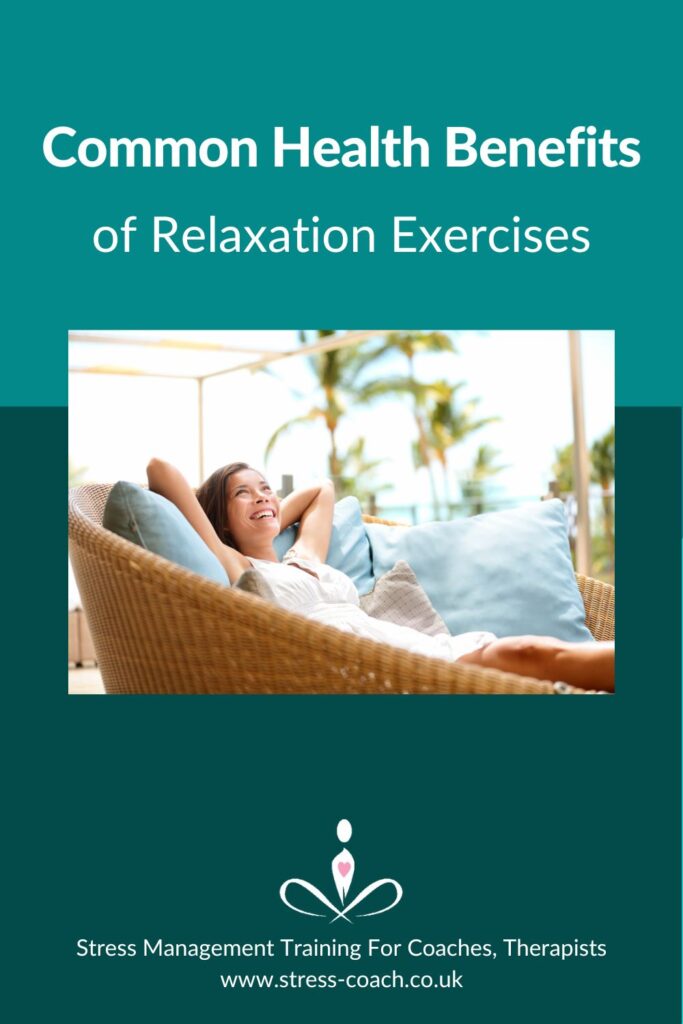
We teach our students some of the most safest and effective techniques for clients with high anxiety, stress, trauma, and depression. Educating our students to choose the right muscle relaxation exercises for clients with certain injuries, health conditions, and states of emotional distress for example grief, post-traumatic stress, severe anxiety disorders, and some types of mental health issues.
Autogenic Techniques:
Autogenic Techniques are de-sensitizing techniques that elicit the relaxation response developed by Dr. Johannes Schultz in the 1920s. Autogenic Techniques are practiced by Autogenic Therapists approved by the British Autogenic Society. Autogenic Therapy has been used widely in the National Health Service in the UK for at least 50 years.
Relaxation Response Techniques:
Although most muscle relaxation techniques are relaxation response techniques, there is also a range of relaxation exercises designed by Herbert Benson who is known to have coined the phrase Relaxation Response.
Yoga Nidra:
Yoga Nidra in many ways uses a relaxation exercise, and relaxation technique to induce deep relaxation. Yoga Nidra was introduced by Swami Satyananda he developed the foundation of this work between 1940’s and 1950’s.
Qi Gong:
Qigong is based on a variety of health exercises that rejuvenate, invigorate, and relax the body. Qigong is said to have originated over 4000-5000 years ago. There is a variety of Qigong techniques that can help induce deep relaxation and deep sleep. One of the most popular meditation and relaxation techniques I have taught for over 20 years has been a slightly adapted less than 5-minute Qi-Gong Meditation that is deeply relaxing.
Tai Chi:
Tai Chi is generally very relaxing and harmonizing for the body as it helps to balance the flow of chi to the mind, body, emotions, and spirit in a very gentle way. It is said to have originated from Tai Chi Boxing by Zhang San Feng in the 13th century. A systemic review and meta-analysis of Tai chi have shown Tai Chi to improve the quality of sleep in people with chronic health challenges and those who were healthy.
Other Techniques Often Combined With Relaxation Exercises
Acupressure Points:
Acupressure is a holistic well-being technique that uses the application of pressure using the fingers, palms, feet, elbows or an acupressure tool to acupoints in the meridian lines of the body. There are a variety of acupressure points that can encourage and support deep relaxation and deep sleep. The Spirit Gate point is well known to encourage deep relaxation and deep sleep. Acupressure is often used alongside other relaxation exercises and forms of relaxation therapy.
Breathing Techniques:
Breathing techniques are widely used with other forms of relaxation therapy to induce deep relaxation and for vagus nerve stimulation. Though it is important to note some breathing exercises can be initially invigorating and stimulating especially for clients with certain health conditions and chronic mental health challenges. They always be used with caution and only be taught by a suitably qualified professional in this area as not all breathing techniques are suitable for all people.
Guided Imagery and Guided Visualisation Techniques
Guided Imagery and guided visualization techniques are widely used in relaxation therapy alongside muscle relaxation exercises and other forms of relaxation therapy including NLP to achieve deep relaxation, deep sleep, pain reduction, and psychotherapy.
Common Health Benefits Of Relaxation Exercises
Common health benefits of relaxation therapy and relaxation exercises can include a
Reduction In Anxiety and Stress; which improves concentration, confidence, and clarity.
Improvement In Quality Of Sleep; which improves energy, focus, and vitality.
Healthier Breathing Patterns; can help improve circulation, digestion, energy, and stamina.
Reduction of Muscle Tension; can reduce muscle tension, pain, and inflammation
Reduction In High Blood Pressure, Heart Rate
Balance Blood Sugar Levels and Hormones


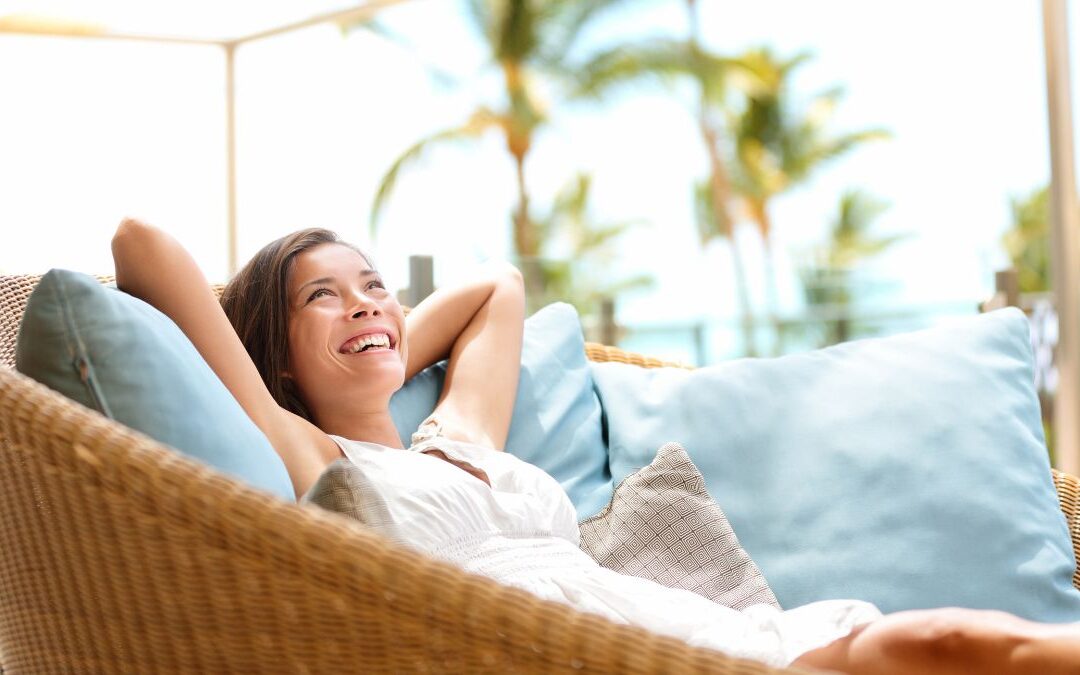
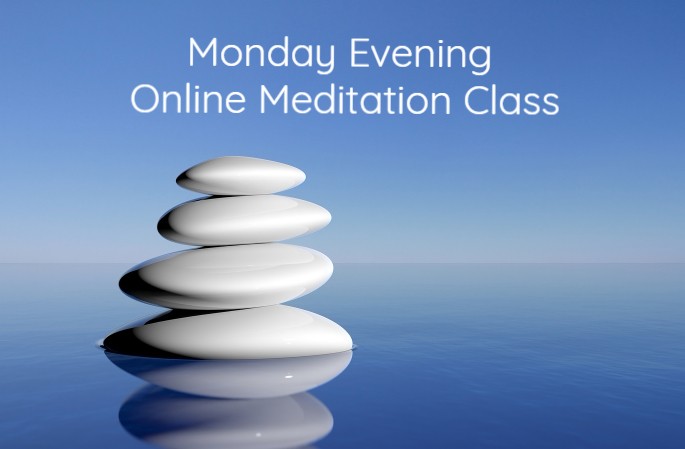

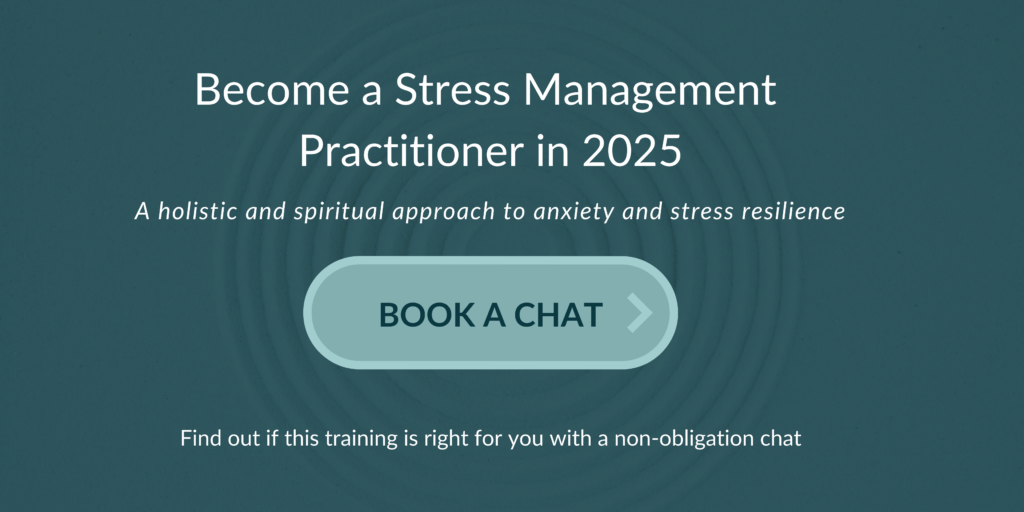
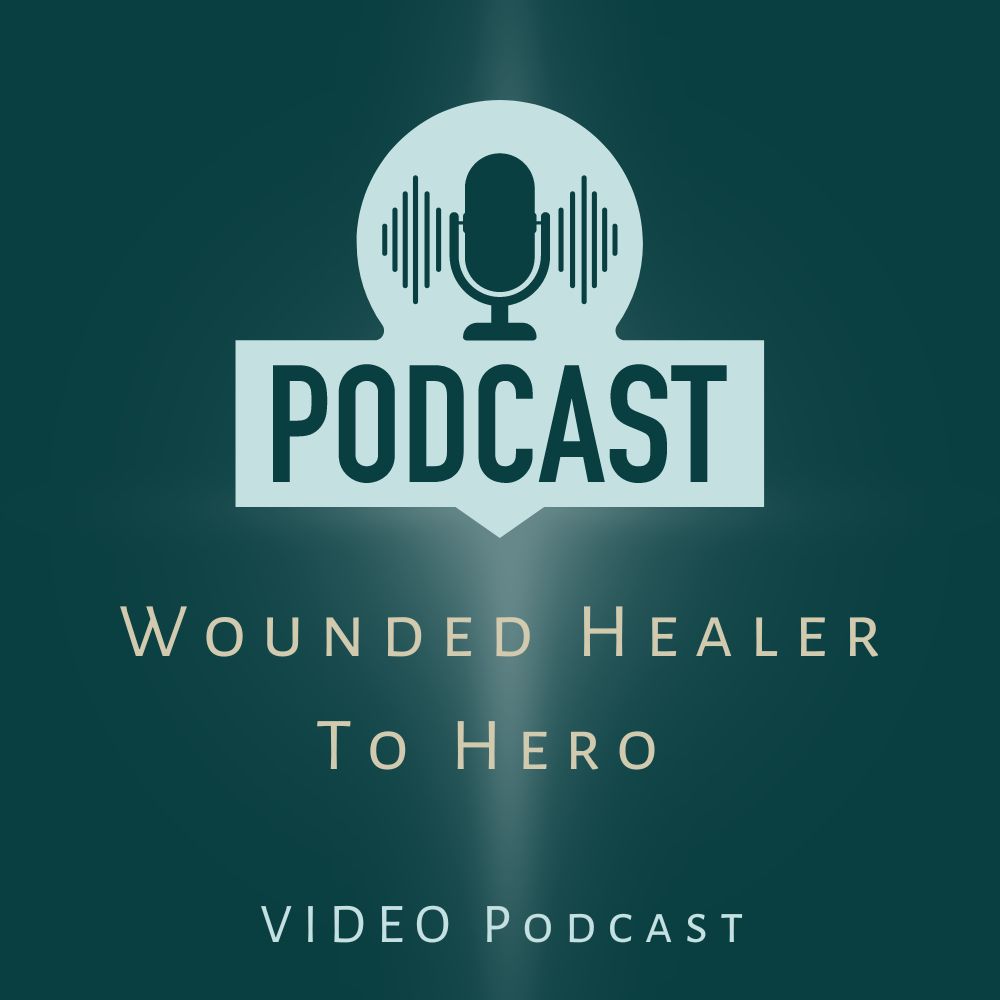
Can I still follow the course Relaxation Therapist and teacher?
Hi Anne if you contact me directly you can access the non-accredited version